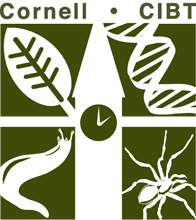Biological Shapes
High School
Molecular Biology
Physical Sciences
Remember the old salad dressing commercial tag line “…because oil and vinegar don’t mix!” Water has that same love/hate relationship with many other molecules. Through this series of lessons, students will learn about the properties that make other molecules “love” or “hate” water. They will also begin to build a concept of how molecules derive their shapes when placed in water-based environments such as cellular cytoplasm. The packet is divided into several activities that are described below. These activities are designed to be completed in the order indicated.
- “It’s All in the Shape”- Students use gumdrops and toothpicks to build 3-D models of simple molecules, demonstrating that even simple molecules have 3-D shapes, though structural formulas appear to only have two dimensions.
- “To Mix or Not to Mix” – Students make selections, observations, and conclusions, and form hypotheses regarding solution miscibility. Students discover what makes a molecule either “water-loving” or “water-hating”. Then, through demonstration, students will observe the behavior of oil droplets in alcohol. For homework, they will carry out a set of calculations and make some conclusions based on their calculations and their observations from the oil/alcohol demonstration.
- “As the Molecule Turns,”- Students will use references to learn about five different proteins of their choosing. They will also classify several of the 20 amino acid side chains as either “water-loving” or “water-hating, based on the results of “To Mix or Not to Mix”. Then students will use a computer program to visualize proteins and to discover how the behavior of “water-loving” and “water-hating” amino acids plays an important role in regard to protein shape.

